First EDI stellar tests, at the Lick 1 meter telescope, Dec. 1999 |
|
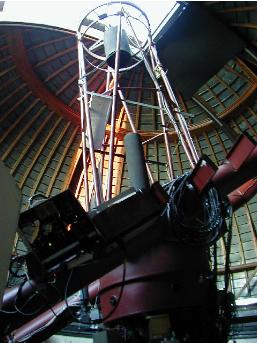 |
||||||
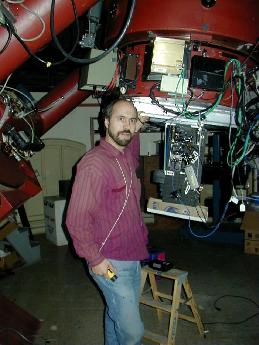 |
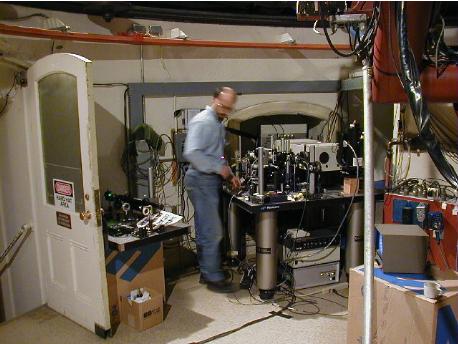 |
|||||
The 1 meter Nickel telescope on Mt. Hamilton. |
Fixed-delay interferometer and spectrograph being assembled on a 4x4 foot table next to telescope. |
|||||
Dave Erskine next to the fiberoptic interface at cassegrain focus of telescope. This feeds starlight into a fiber leading to the EDI on a nearby table. Interface was constructed by Jian Ge. |
||||||
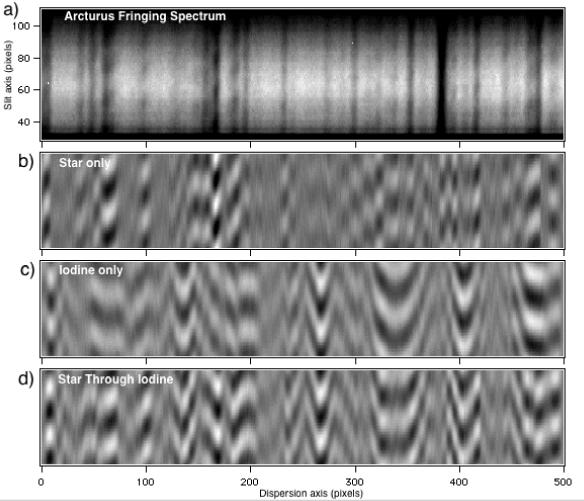 |
||||||
|
||||||
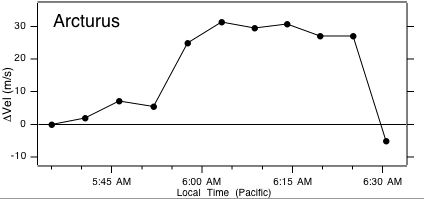
|
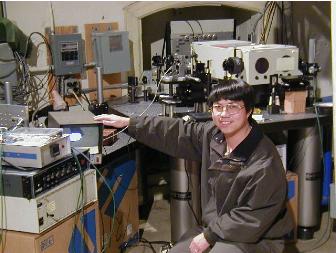 |
|||||||||
EDI-measured change in velocity of Arturus. The instrument velocity precision at the observatory was measured as ~7 m/s by repetitively measuring bromine vs iodine spectra. Arcturus is not a planet bearing star, but was convenient for initial tests. Plans to return for more observations on a planet bearing star were stymied by an end in project funding. For more info see Ref. 3 |
||||||||||
Jian Ge (above) and Mike Rushford (below) |
||||||||||
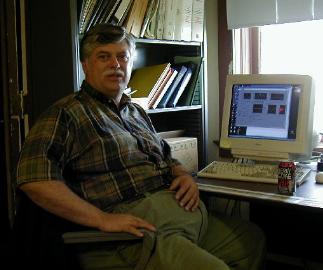 |
||||||||||
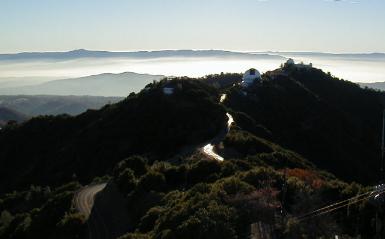 |
||||||||||
Site maintained by |
||||